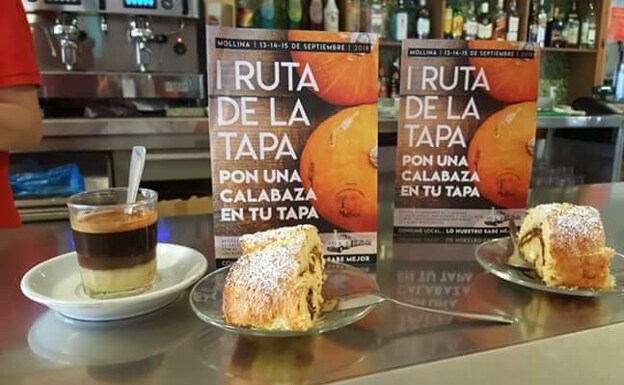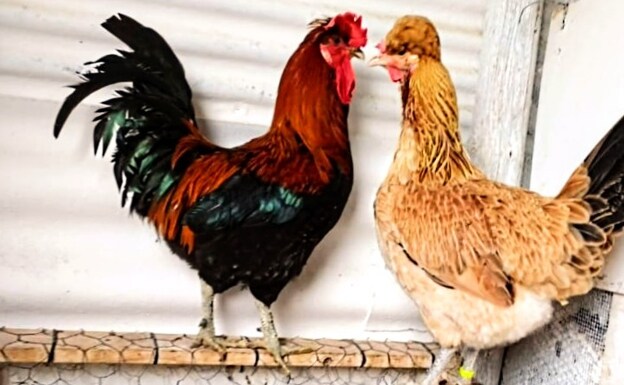

Sections
Highlight

alekk m. saanders
Friday, 19 November 2021, 15:29
Autumn and pumpkins are synonymous. Andalusian cuisine includes some typical pumpkin dishes that are prepared at the end of the season. Some are apparently influenced by French and English cuisines.
Ratatouille is a French Provençal dish of stewed vegetables, originating in Nice where it first appeared in 1877. Andalucía has its own ratatouille, and this 'pisto andaluz' is the most popular local pumpkin dish.
Additionally, alboronía (or boronía) is another Andalusian ratatouille, made of pumpkin and quince, a fruit that is also harvested in autumn.
Alboronía is a wonderfully soothing and warming dish during the cool winter months. The ingredients are prepared separately to be brought together at the end. Using this process they keep their shape and distinct taste. Besides pumpkin and quince, the dish was originally made with aubergine, but this could be replaced by courgette.
Alboronía is especially popular in Andújar (Jaen) as well as in Carmona (Seville), where it is called Alboronía de Carmona and served with a poached egg.
In Almeria province they like pumpkin stew with anchovies (picadillo de calabaza con boquerones de manojillo). Incidentally, some say this might be influenced by the French - aubergines aux anchois (aubergines with anchovies).
Prior to the pandemic, various pumpkin dishes were displayed in Mollina, a town in the north of Malaga province, thanks to local enthusiast, José Miguel Rojas. Every year they hold a competition to find the biggest pumpkin and combine it with a gastronomic contest as well.

Most participants used to bake a variation of the traditional American pumpkin pie but generally flavoured with different spices. The winner of the last competition however, Francisco Alcaide from the village of Guadalcázar, surprised everyone by introducing a pumpkin stew (puchero), using a British method - with beer.
Puchero is a hearty Spanish stew featuring different types of rice, noodles, and vegetables such as chickpeas, cabbage, carrots, potatoes, and meat. However, in the Guadalcázar 'puchero' Francisco uses special meat, from the Moñuda and the Tufona, two ancient Andalusian breeds of hen.

The hens were on the very edge of extinction and he now tries to nurture them back, by successful breeding, on his farm in Guadalcázar.
When Francisco heard that there are British and Irish stews made with ale, he prepared something similar, albeit with lager. The so-called Guadalcázar puchero was successful in Mollina and now is gaining popularity elsewhere.
Francisco stresses that for preparing the stew you can use any good chicken together with 'secret' ingredients: ½ small pumpkin, 2 garlic, 2 small green paprika, 1 big red paprika, 2 tomatoes, 1 small leek, 1 big onion, 1 beer, Extra Virgin Olive Oil and thyme.
Publicidad
Publicidad
Publicidad
Publicidad
Esta funcionalidad es exclusiva para registrados.
Reporta un error en esta noticia

Debido a un error no hemos podido dar de alta tu suscripción.
Por favor, ponte en contacto con Atención al Cliente.

¡Bienvenido a SURINENGLISH!

Tu suscripción con Google se ha realizado correctamente, pero ya tenías otra suscripción activa en SURINENGLISH.
Déjanos tus datos y nos pondremos en contacto contigo para analizar tu caso

¡Tu suscripción con Google se ha realizado correctamente!
La compra se ha asociado al siguiente email
Comentar es una ventaja exclusiva para registrados
¿Ya eres registrado?
Inicia sesiónNecesitas ser suscriptor para poder votar.